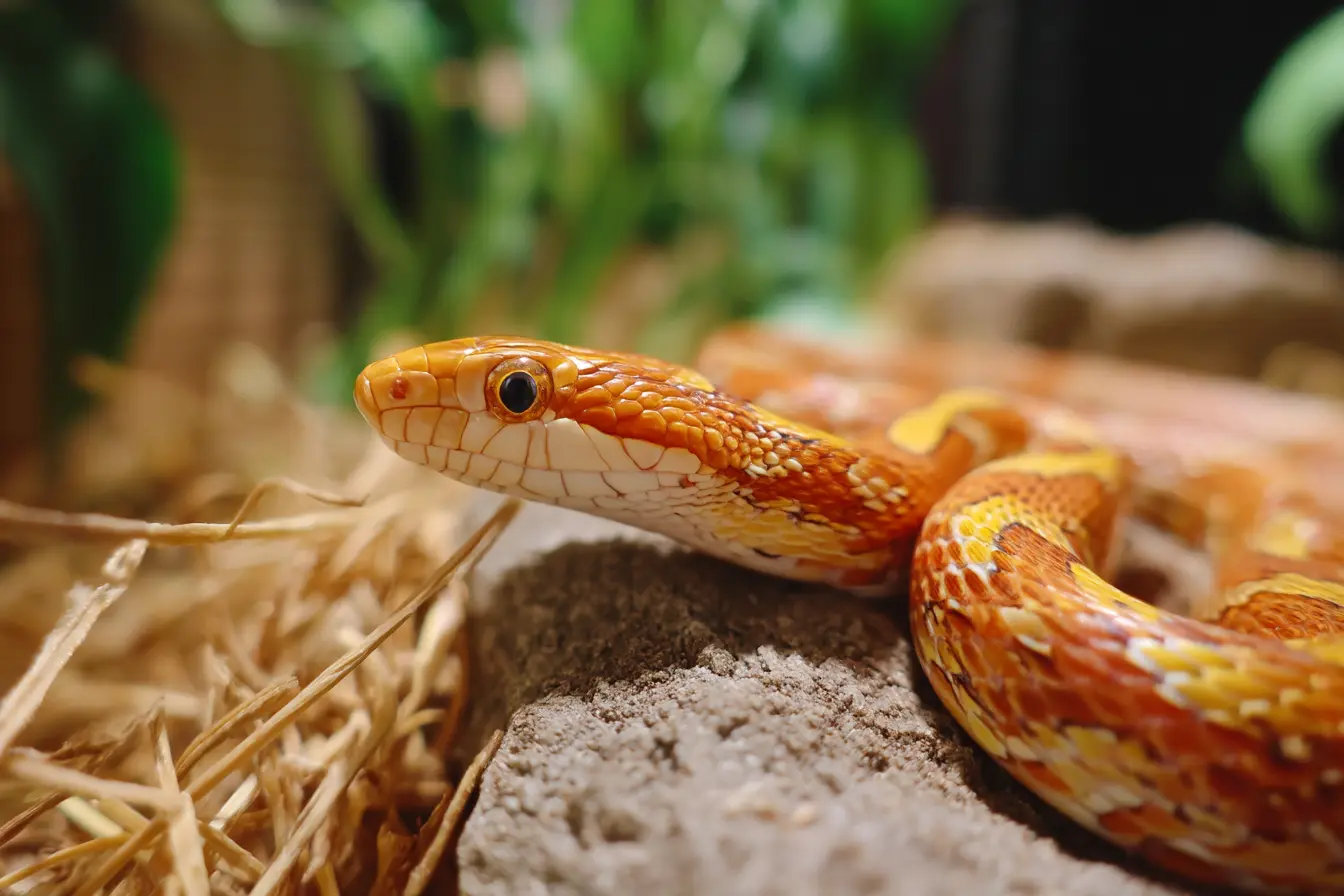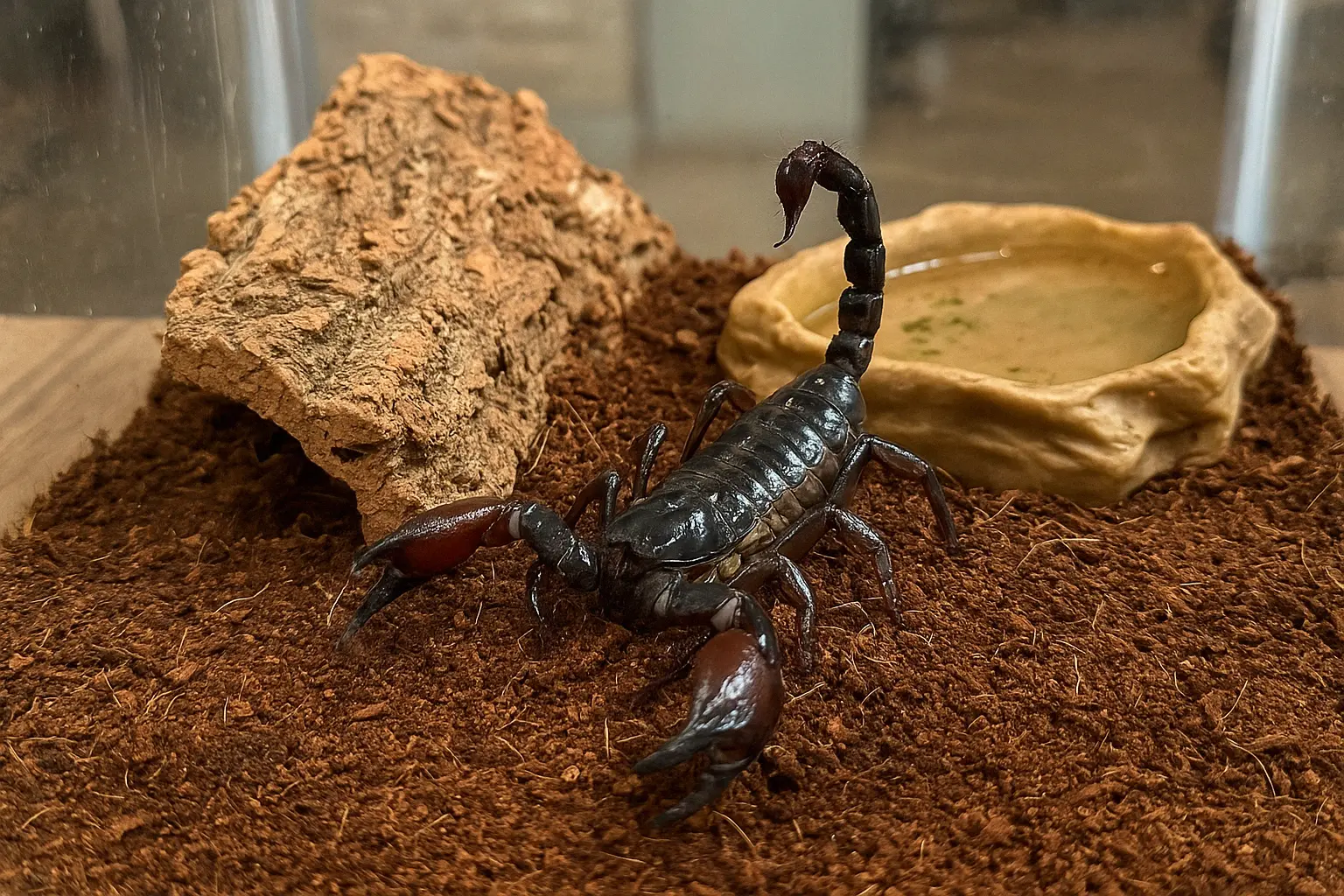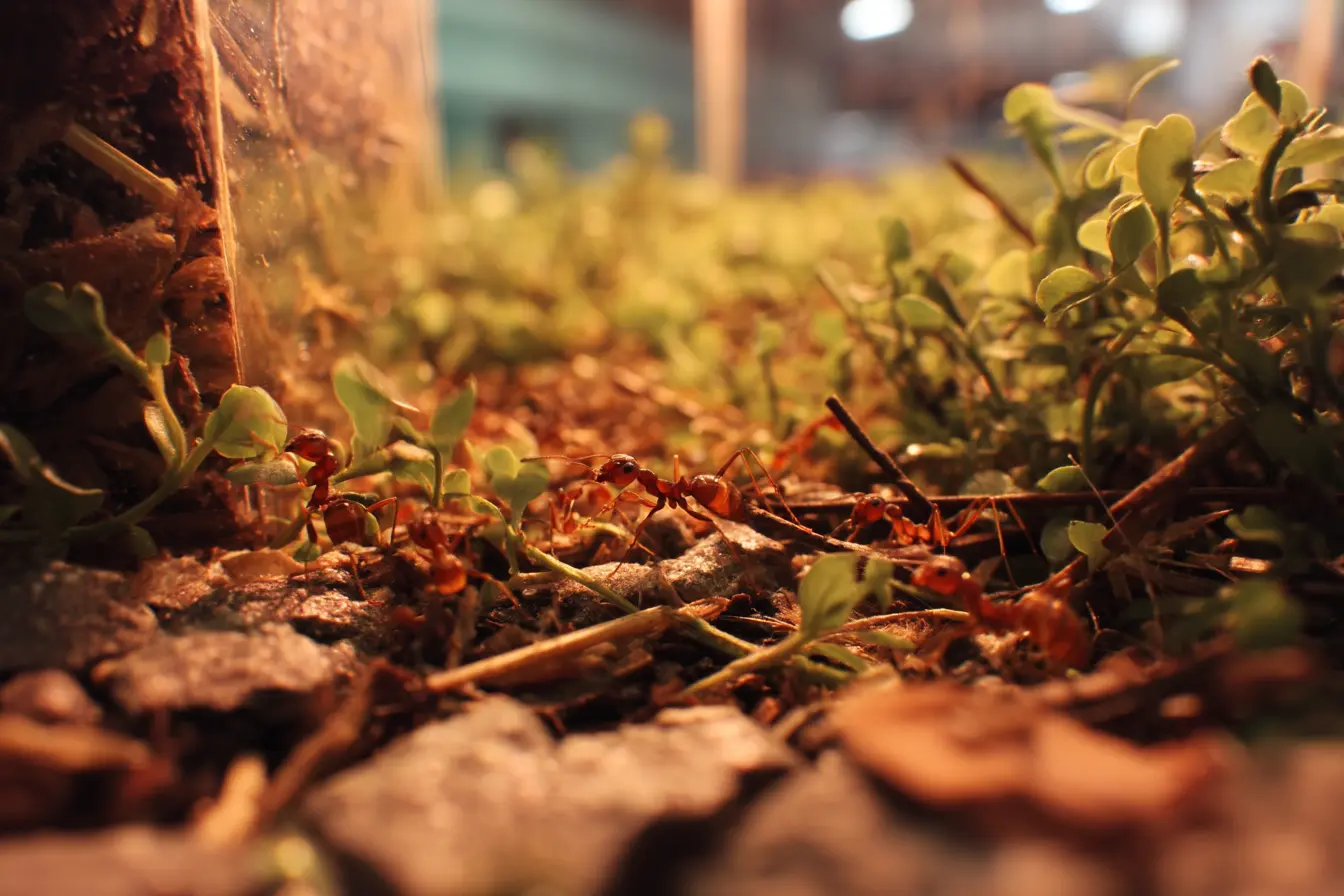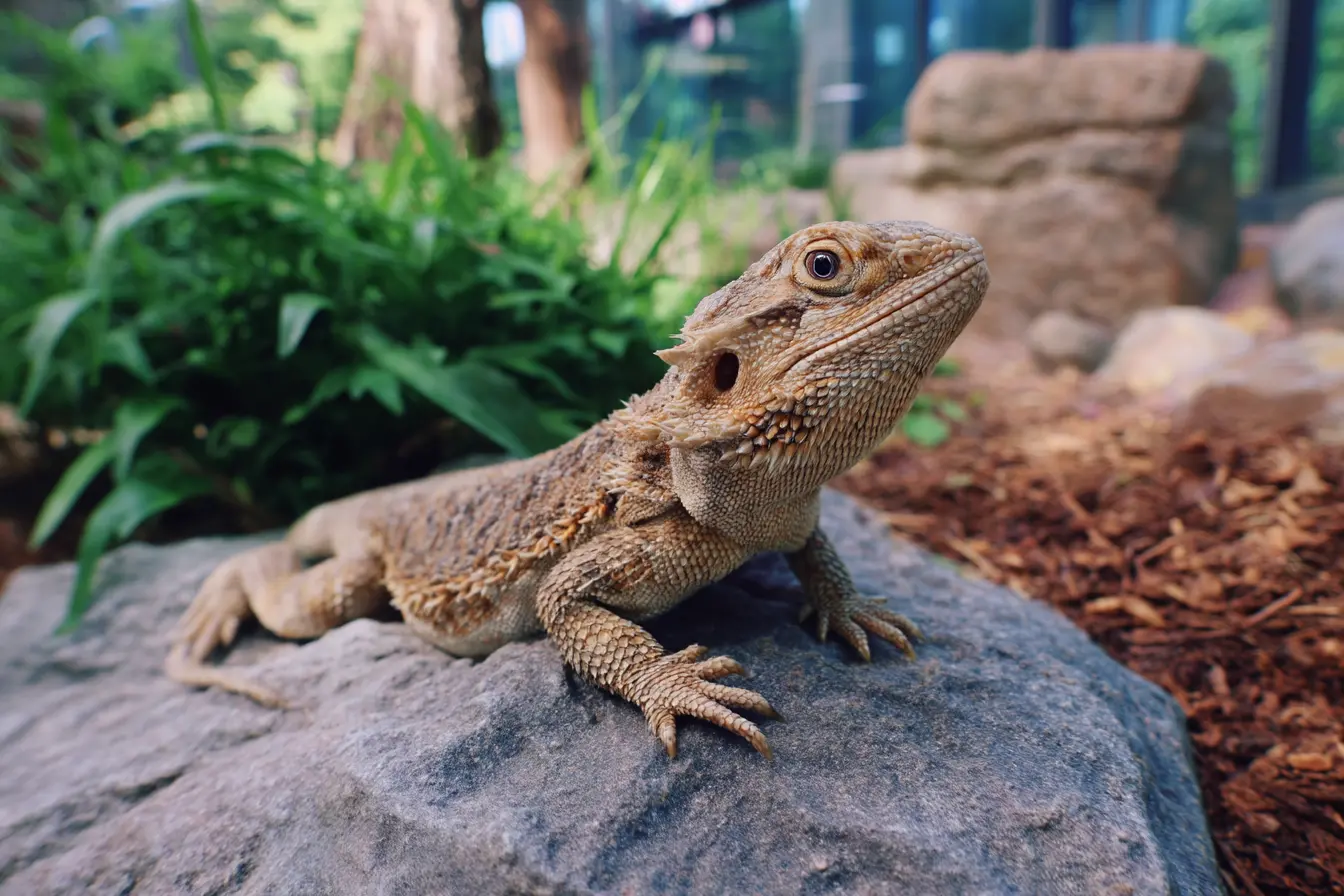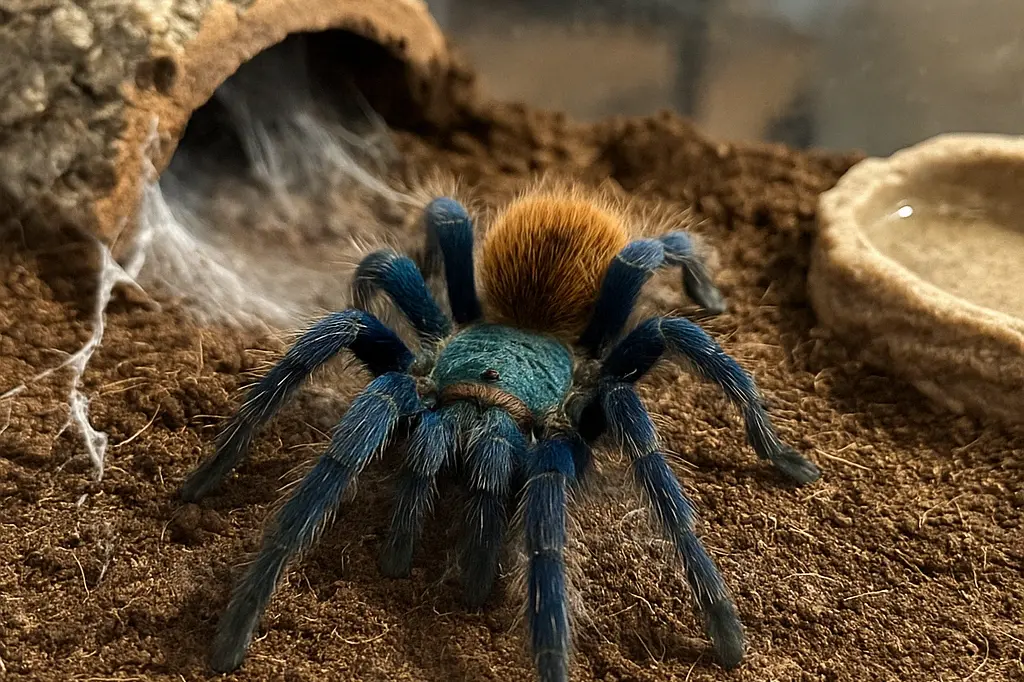
A Guide to Owning a Greenbottle Blue Tarantula
The greenbottle blue tarantula (Chromatopelma cyaneopubescens) is one of the most strikingly beautiful tarantula species available in the UK. With vibrant green, blue, and orange colouring, they are a stunning addition to any collection. Known for their hardy nature and relatively easy care requirements, they are suitable for both beginners and experienced keepers alike. In this guide, we’ll cover everything you need to know about owning and caring for a greenbottle blue tarantula.
Why Choose a Greenbottle Blue Tarantula?
Native to the arid scrublands of Venezuela, greenbottle blue tarantulas are a terrestrial species that prefer dry conditions. They are highly adaptable, easy to care for, and their vivid colouring makes them a standout species. Key reasons to consider them include:
- Stunning Appearance: They feature metallic blue legs, a green carapace, and an orange abdomen, making them one of the most visually striking tarantulas.
- Hardiness: Greenbottle blues are forgiving of minor care mistakes, making them suitable for beginners.
- Webbing: They are prolific webbers and will create intricate web tunnels, adding to their visual appeal.
- Moderate Temperament: While not overly aggressive, they can be skittish and fast-moving.
Things to Consider Before Getting a Greenbottle Blue Tarantula
Experience Level
Although suitable for beginners, greenbottle blues are fast and can be skittish. They are best for keepers who are comfortable working with quick-moving tarantulas.
Lifespan
Females can live up to 12-15 years, while males have a shorter lifespan of 4-5 years.
Housing Your Greenbottle Blue Tarantula
Enclosure
A well-designed enclosure is critical for your tarantula's health and well-being. Here’s what you need:
- Size: A 30x30x30 cm enclosure is suitable for adults, as they are relatively active compared to other terrestrial species. Smaller enclosures are suitable for juveniles.
- Material: Glass or plastic enclosures with secure lids are ideal.
- Substrate: Use 5-7 cm of a dry, well-draining substrate such as coconut fibre, topsoil (free of chemicals), or a sand-soil mix. Avoid keeping the substrate overly damp, as they thrive in arid conditions.
Decor and Hiding Spots
- Hides: Provide at least one hide, such as cork bark or a hollow log, for your tarantula to feel secure.
- Webbing Space: Leave open areas in the enclosure for them to create their signature web tunnels.
- Minimal Climbing Features: While they occasionally climb, they are primarily ground dwellers, so keep decorations low to avoid the risk of falls.
Temperature and Humidity
Greenbottle blue tarantulas require an arid, warm environment:
- Temperature: Maintain 24-28°C. Use a heat mat on the side of the enclosure if necessary.
- Humidity: Keep humidity levels low at around 50-60%. Provide a shallow water dish for hydration and mist sparingly if needed. Ensure good ventilation to prevent mould growth.
Use a thermometer and hygrometer to monitor these conditions.
Feeding Your Greenbottle Blue Tarantula
Diet
Greenbottle blue tarantulas are insectivores and have a hearty appetite. Feed them:
- Crickets
- Locusts
- Dubia Roaches
- Mealworms (occasionally, as they are high in fat)
Feed adults once every 7-10 days. Juveniles require smaller prey and more frequent feedings, typically every 5-7 days. Remove uneaten prey after 24 hours to prevent stress or injury to your tarantula.
Water
Always provide a shallow water dish with clean, fresh water. Avoid sponges, as they can harbour bacteria.
Handling Your Tarantula
Greenbottle blue tarantulas are generally skittish and fast rather than aggressive. Handling is not recommended, as it can stress the tarantula and increase the risk of injury.
If you need to move your tarantula:
- Use a soft paintbrush or similar tool to gently coax them into a container.
- Avoid direct handling, as their speed and unpredictable movements can lead to accidental drops.
Health and Common Issues
Greenbottle blue tarantulas are hardy, but you should still monitor their health closely:
- Refusal to Eat: This is normal before moulting but could indicate stress if it persists.
- Lethargy: May signal dehydration or poor environmental conditions.
- Injuries: Falls and substrate that is too wet or rough can cause damage.
Moulting
Moulting is a natural process in which tarantulas shed their exoskeleton to grow. Signs of an impending moult include:
- Loss of appetite.
- Lethargy.
- Dull or darkened colours.
During moulting:
- Increase humidity slightly by misting the enclosure lightly.
- Avoid disturbing your tarantula.
- Refrain from feeding until the new exoskeleton hardens, which can take 5-7 days.
Legal and Ethical Considerations
In the UK, greenbottle blue tarantulas are legal to own without special permits. However:
- Source Ethically: Purchase from reputable breeders or pet shops that provide captive-bred specimens. Avoid supporting the illegal wildlife trade.
- Commitment: These tarantulas are a long-term responsibility, especially females with their long lifespan.
Cost of Ownership
Owning a greenbottle blue tarantula is relatively affordable. Here’s an overview of typical costs:
- Tarantula: £40-£80, depending on size and sex.
- Enclosure and Setup: £50-£100, including substrate, hides, and decor.
- Food: £5-£10 per month for live prey.
- Utilities: Minimal additional cost for heating and monitoring equipment.
Is the Greenbottle Blue Tarantula Right for You?
The greenbottle blue tarantula is an excellent choice for those looking for a low-maintenance, visually stunning pet. Their hardy nature and unique webbing behaviours make them a fascinating species to keep. While they are skittish and fast, with proper care and respect for their space, they can thrive in captivity.
Final Thoughts
Greenbottle blue tarantulas are a rewarding species to own, combining striking beauty with relatively simple care requirements. By providing the right environment, diet, and care, you can enjoy this incredible tarantula for many years.
If you’re ready to bring a greenbottle blue tarantula into your home, you’ll find yourself captivated by one of the most stunning and fascinating species in the tarantula world.
Contents
- Why Choose a Greenbottle Blue Tarantula?
- Things to Consider Before Getting a Greenbottle Blue Tarantula
- Housing Your Greenbottle Blue Tarantula
- Feeding Your Greenbottle Blue Tarantula
- Handling Your Tarantula
- Health and Common Issues
- Legal and Ethical Considerations
- Cost of Ownership
- Is the Greenbottle Blue Tarantula Right for You?
- Final Thoughts
Tags
Related Vets
Vets near you
Speciality vets
- Aquatics vet specialists
- Birds vet specialists
- Camelids vet specialists
- Cats vet specialists
- Cattle vet specialists
- Deer vet specialists
- Dogs vet specialists
- Equines vet specialists
- Exotic vet specialists
- Goats vet specialists
- Pigs vet specialists
- Poultry vet specialists
- Sheep vet specialists
- Small Mammals vet specialists
- Wild vet specialists
